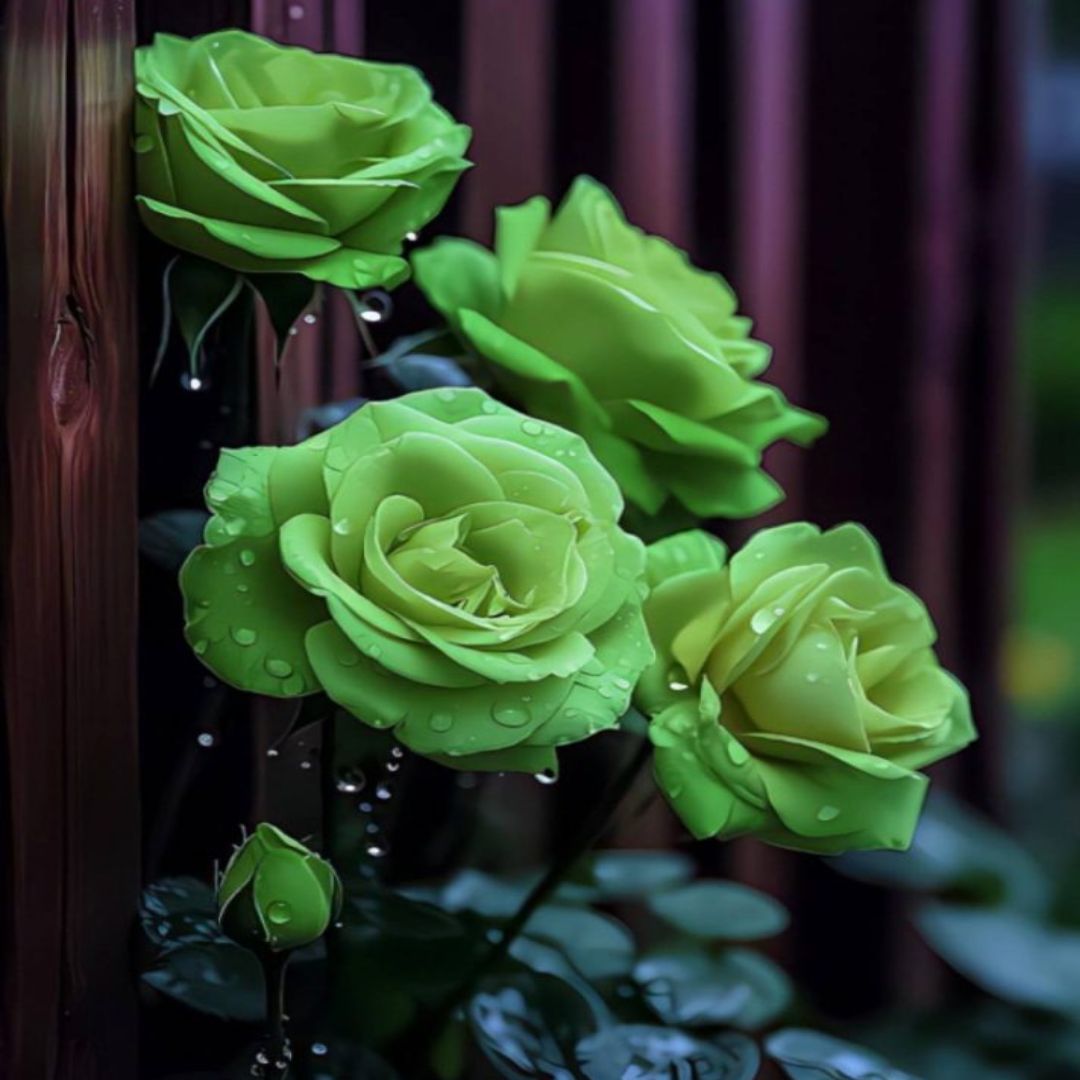The Lisianthus flower, also known as Eustoma grandiflorum, has gained popularity for its delicate beauty and versatility in floral arrangements. Its graceful petals, vibrant colors, and long-lasting blooms have made it a favorite among flower enthusiasts and professional florists. In this article, we will explore the captivating world of the Lisianthus flower, including its appearance, symbolism, cultivation, and the joy it brings to gardens and bouquets, all while maintaining a professional yet approachable tone.

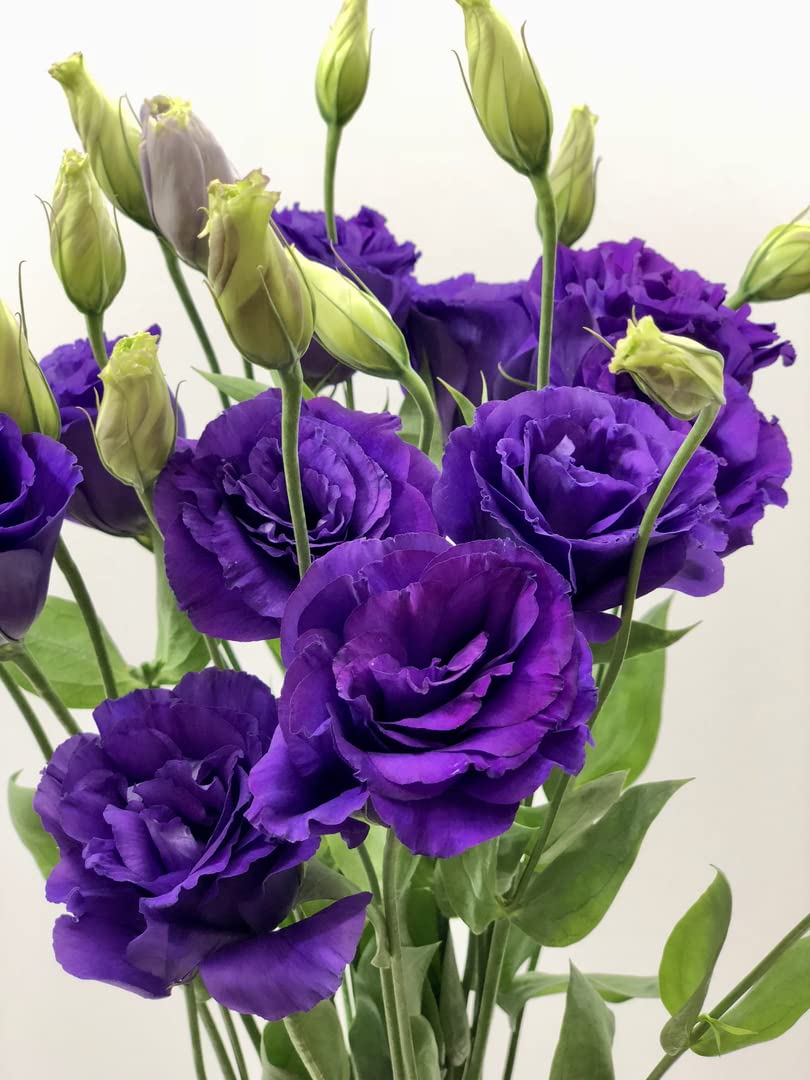

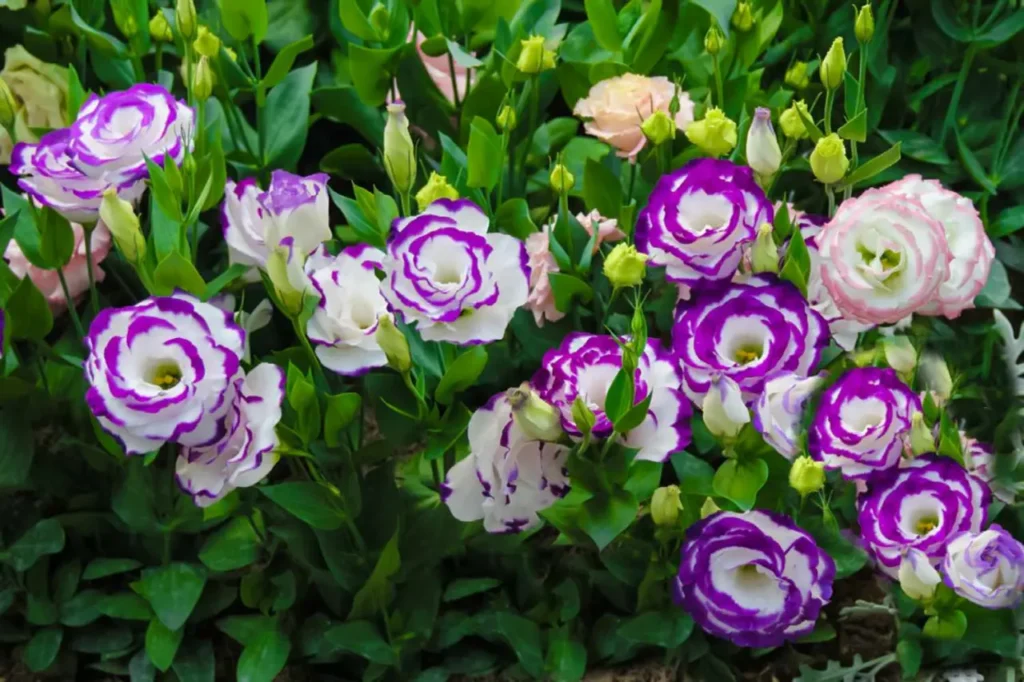
Appearance and Varieties
Lisianthus flowers are known for their stunning, rose-like appearance, which adds sophistication to any floral display. They have delicate, ruffled petals that come in a range of colors, including white, pink, lavender, purple, and green. The petals often have a subtle, satin-like texture, giving the blooms a luxurious and refined feel. Certain Lisianthus varieties also have variegated or picotee edges, which adds even more intrigue to their already captivating presence.
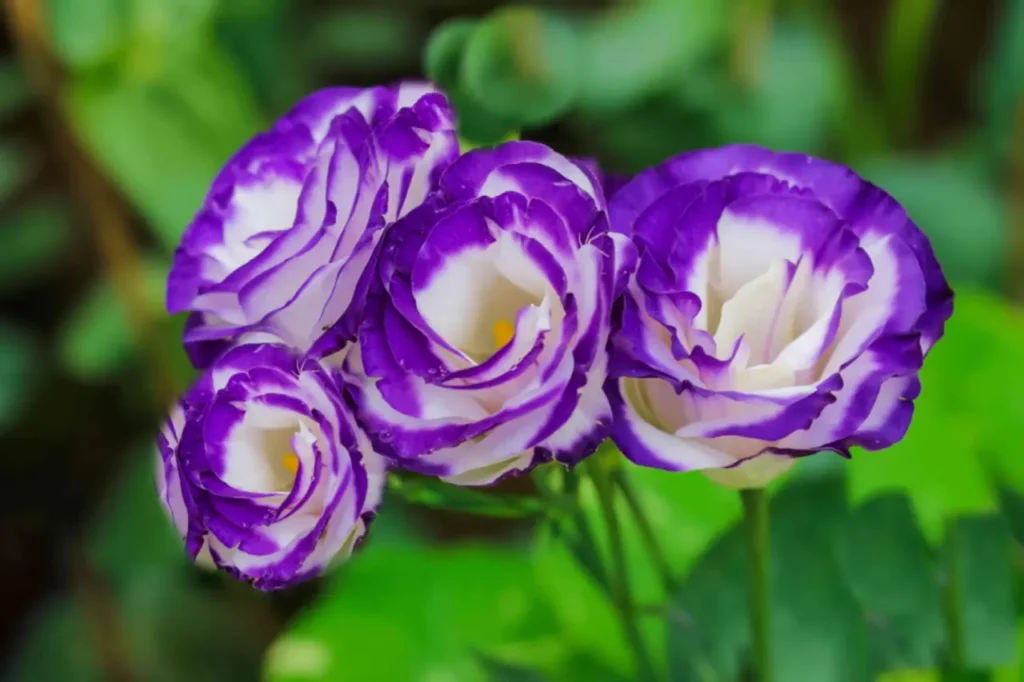

Symbolism and Meaning
The Lisianthus flower is associated with various meanings and sentiments, making it a popular choice for expressing emotions through floral arrangements. It is often regarded as a symbol of gratitude, appreciation, and charisma. The delicate and graceful nature of the Lisianthus flower also conveys messages of gentleness, elegance, and romance. Whether used in bouquets, centerpieces, or as single stems, the Lisianthus flower can convey heartfelt sentiments and add a touch of sophistication to any occasion.

Cultivation and Care
Lisianthus flowers can be grown both in gardens and greenhouses, making them a versatile choice for horticultural enthusiasts. Here are some key tips for their cultivation and care:
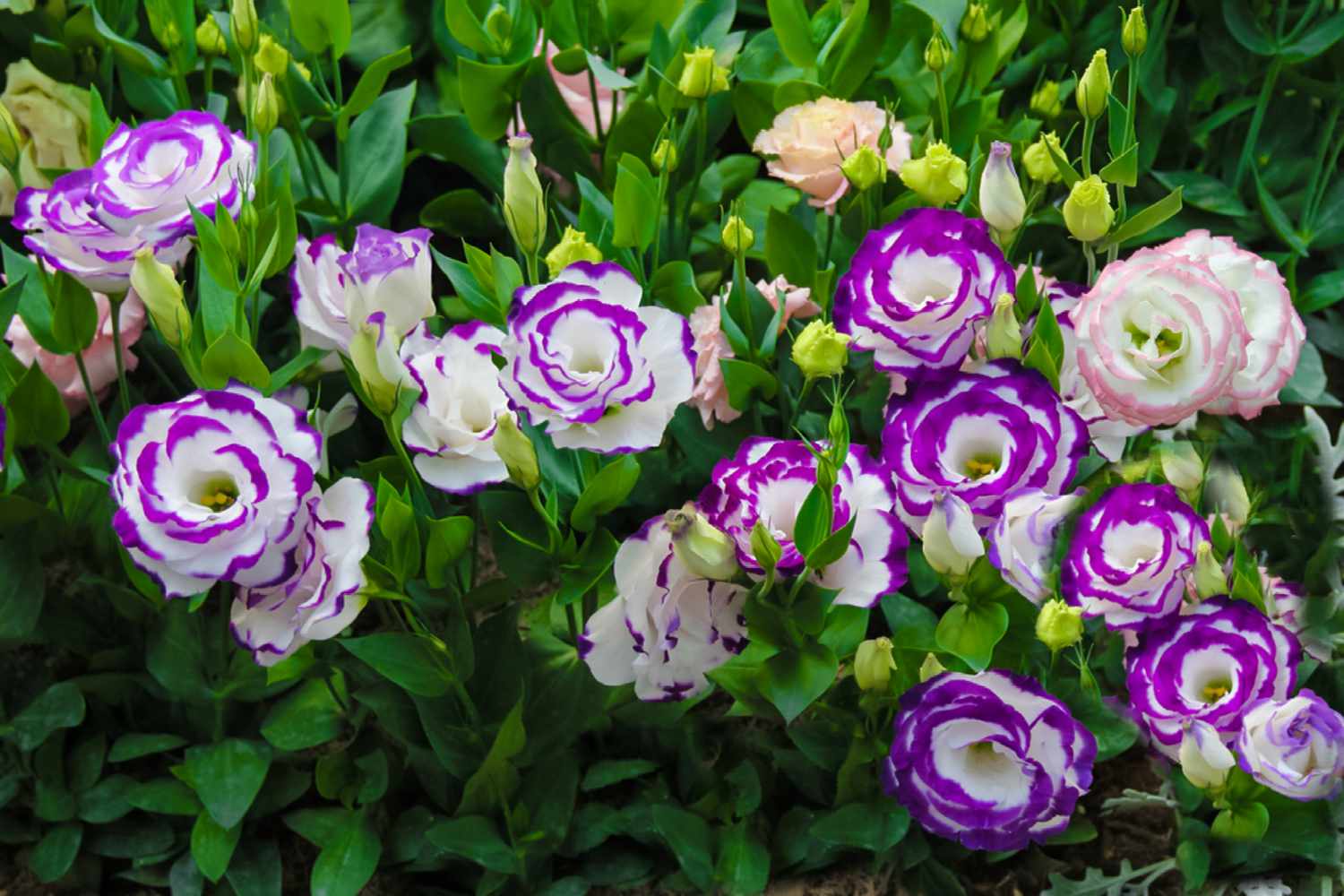
Sunlight and Temperature: Lisianthus thrives in full sun to partial shade. They prefer moderate temperatures, around 60-75°F (15-24°C), and can be sensitive to extreme heat or cold.Soil Conditions: Well-draining soil with a slightly acidic to neutral pH is ideal for Lisianthus. Amending the soil with organic matter can help improve its texture and drainage.Watering: Adequate and consistent watering is important to keep the soil evenly moist but not waterlogged. Avoid overwatering, as it can lead to root rot.Fertilization: Regular fertilization with a balanced flower fertilizer can promote healthy growth and abundant blooms. Follow the instructions on the fertilizer package for the correct dosage and frequency.Pruning and Deadheading: Removing spent flowers and pruning leggy stems can encourage new growth and prolong the blooming period of Lisianthus plants.
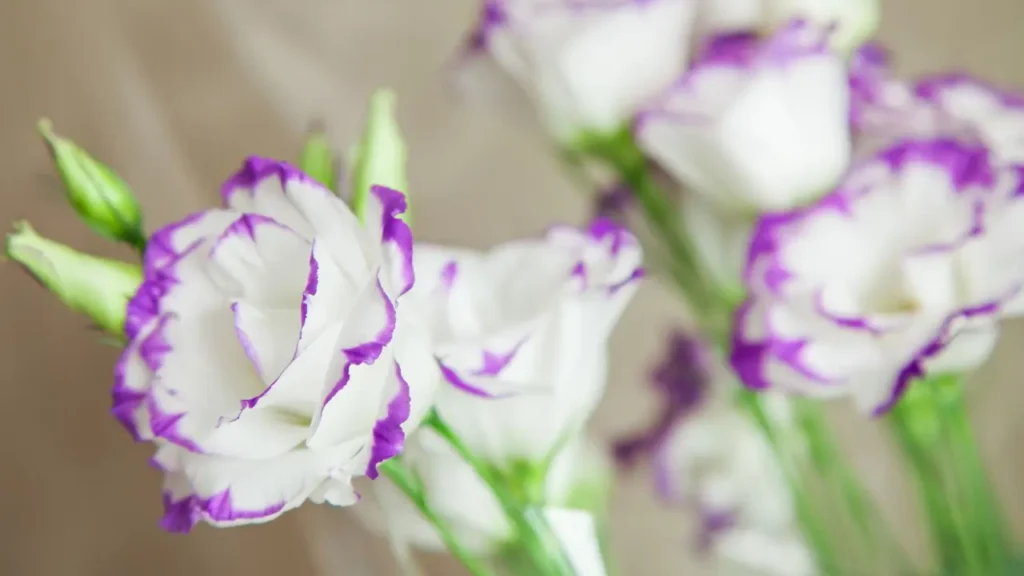
Garden and Floral Uses
Lisianthus flowers are highly valued for their beauty and versatility in floral arrangements. They make exquisite cut flowers, boasting long vase life and the ability to retain their vibrant colors and delicate petals. Whether used as standalone blooms or combined with other flowers in bouquets, the Lisianthus adds elegance and sophistication to weddings, special events, and everyday floral displays. In gardens, Lisianthus plants can be cultivated as border plants, in containers, or as part of mixed flower beds, adding a touch of elegance and charm.

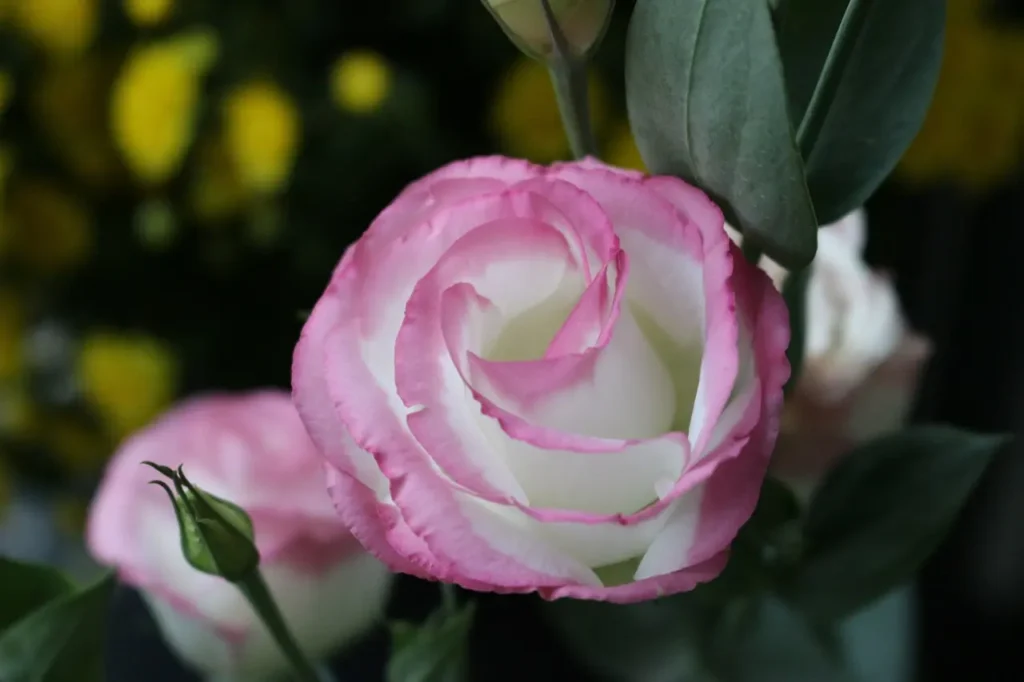
The Lisianthus flower is a true embodiment of elegance and grace, with its rose-like appearance and vibrant colors capturing the hearts of flower enthusiasts and admirers worldwide. Its versatility in floral arrangements, long-lasting blooms, and symbolic meanings make it a cherished choice for expressing sentiments of appreciation, romance, and beauty. By cultivating Lisianthus in our gardens and incorporating them into our floral designs, we can embrace the refined and sophisticated allure that these flowers bring, elevating our surroundings with their enchanting presence.


